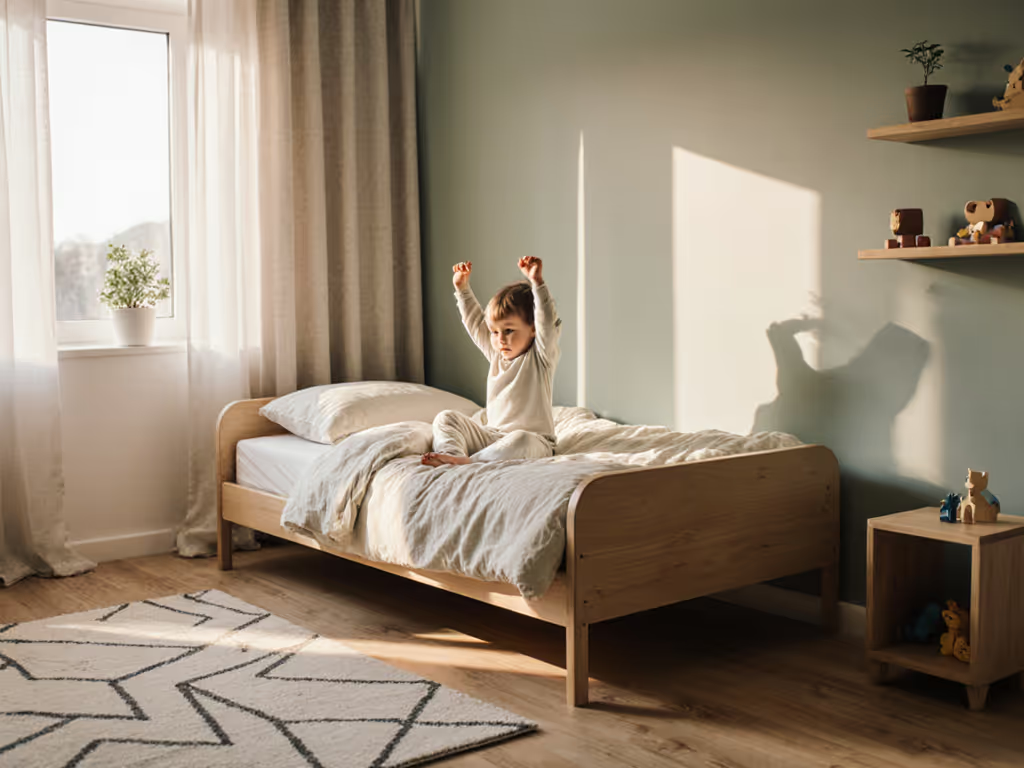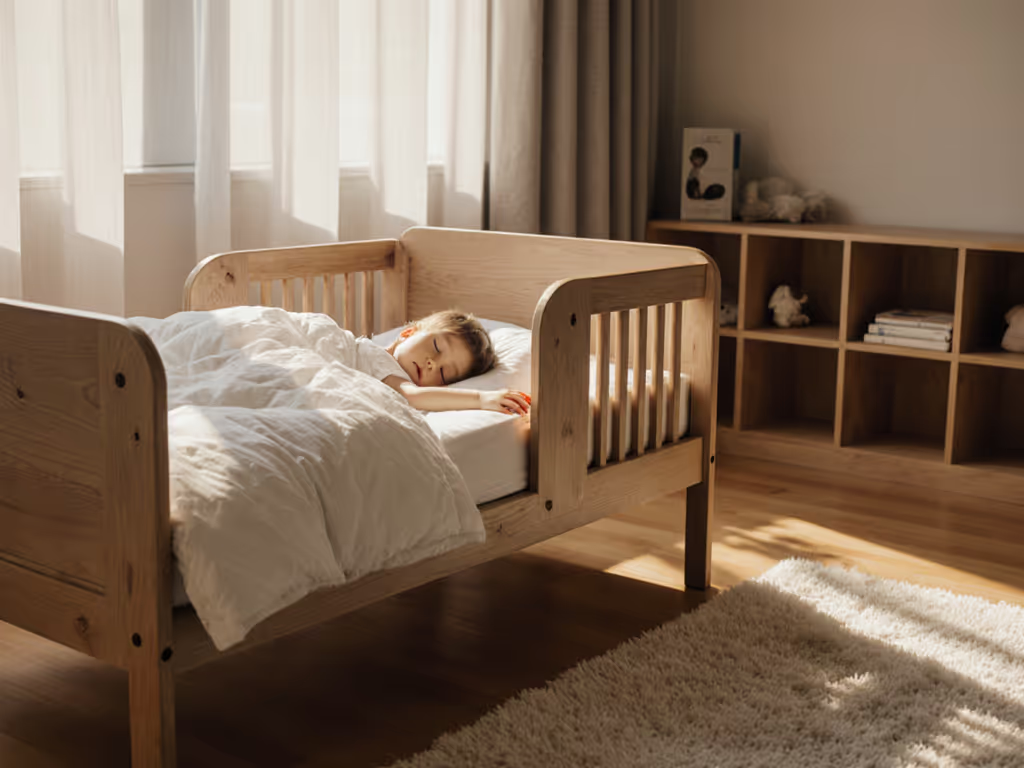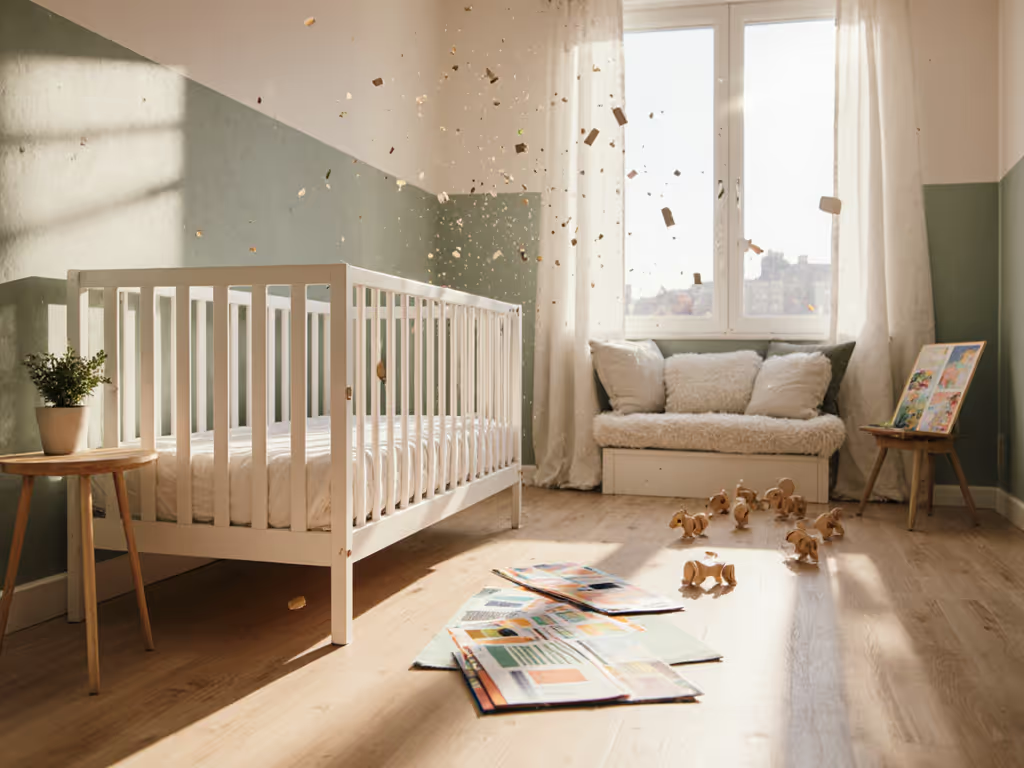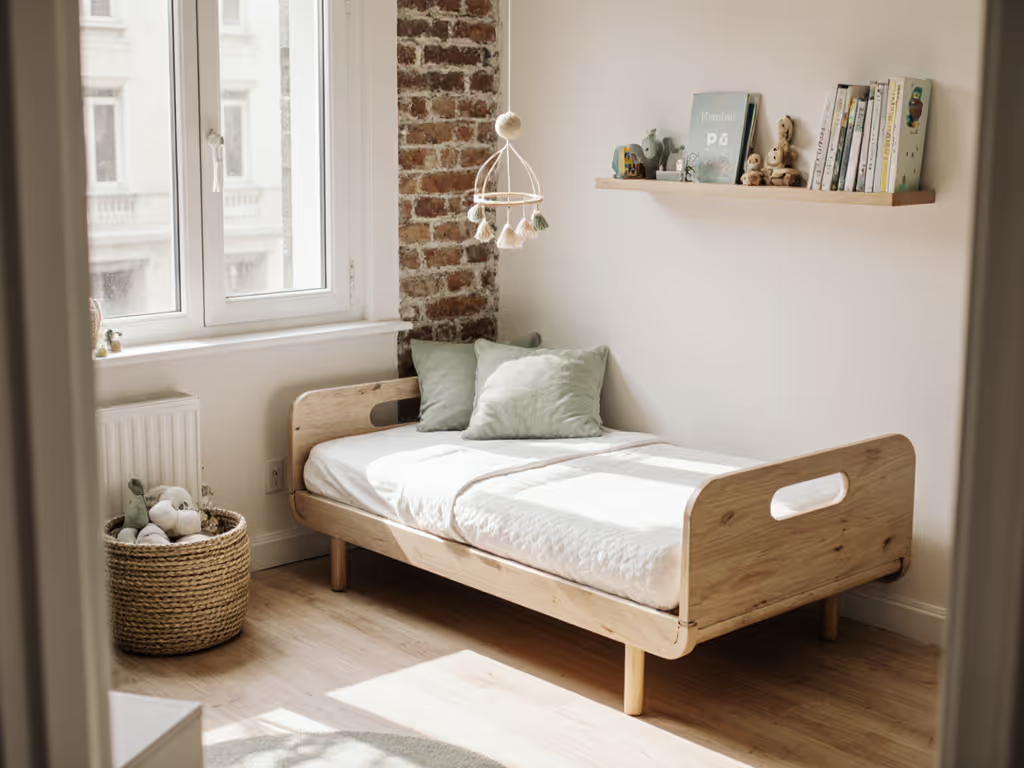
Toddler Bed Ergonomics for Lifelong Posture

In cramped apartments and shared bedrooms, parents often choose toddler beds solely by size, overlooking how toddler bed ergonomics silently shape spinal health during critical growth years. When your floor space is measured in square feet, every design choice must pull double duty: keeping little bodies safe and nurturing natural alignment. I've watched dozens of families transform bedtime battles through subtle spatial shifts (not expensive gear) that honor both developmental needs and urban realities. Today, we will explore how spinal alignment in toddler beds directly supports posture development during toddler sleep, and why this period holds the developmental impact of toddler beds you cannot afford to ignore. Small changes in space, big changes in sleep.
Why Toddler Bed Ergonomics Matter More Than You Think
Most parents assume posture is only shaped by waking hours, but nighttime alignment is equally vital. Toddlers spend 11+ hours lying down, their spines growing rapidly during sleep. An ill-fitting bed forces unnatural curves: too-high pillows strain necks, sagging mattresses let hips collapse, and restrictive guardrails prevent natural movement. Unlike adult spines, toddlers' vertebrae and discs are still forming. Consistent misalignment here can subtly impact long-term health effects of toddler beds, from childhood backaches to adolescent posture challenges.
Environment teaches behavior. A room that physically supports a child's body quietly reinforces calm, independent sleep patterns.
Key insight: Orthopedic toddler bed design isn't about medical devices, it is spatial intelligence. Your goal? Let gravity work with their anatomy. A neutral spine position (ears aligned over shoulders, hips gently curved) should happen effortlessly on their mattress. Anything forcing strain (like a pillow propping up a head too far forward) becomes a habit their body memorizes.
Three Space-Smart Steps to Support Natural Alignment
Step 1: Prioritize Floor-Level Safety + Spinal Neutrality
Forget towering beds. The optimal height? 5-8 inches off the ground. For floor-level options and independence benefits, see our Low Montessori bed guide. This achieves two critical things: it eliminates fall anxiety and lets toddlers roll out smoothly without straining their necks to lift their head, a common cause of morning stiffness. In our own apartment, lowering the sleeping surface wasn't just about safety, it created gentle transitions from play to rest. Our daughter stopped fighting bedtime because she could see her bed as part of her world, not a cage.
Ergonomic adjustments:
- Ditch pillows until age 3+ (per pediatric guidelines). Toddlers' heads are proportionally larger; pillows often cause misalignment by tilting the chin down. Check alignment: lie beside them, and if their ear sits directly above their shoulder without a pillow, no support is needed.
- Opt for firm, flat mattresses. Memory foam can over-conform. Instead, choose a firm crib mattress (no thicker than 6 inches) on a low-profile slatted base. Proper spinal alignment in toddler beds requires consistent support, with no sagging in the middle.
- Test the "fist gap": Slide your closed fist under their neck while they sleep on their back. If it fits snugly without lifting the head, the height is neutral. If it sinks in, the mattress is too soft.

Step 2: Design for Movement, Not Restriction
Toddlers aren't meant to stay still. Restrictive guardrails or tight bed walls create tension. Instead, embrace predictable cues through layout:
-
Create 360° access: Place beds away from walls (unless using one breathable guardrail). Toddlers need space to shift positions naturally, rolling onto stomachs or curling up to relieve spinal pressure. In tiny rooms, position beds diagonally in corners to maximize movement room.
-
Anchor guardrails minimally: Only use one low rail (max 10" high) on the side facing room traffic. This prevents rolling into play areas but avoids trapping them. For essential measurements and spacing, review the 5-inch guardrail rule. Prioritize mesh or open slats, since solid walls block airflow and visual connection to caregivers.
-
Build a wind-down corner: Place a small rug, low bookshelf, and soft light 3 feet from the bed. This zone becomes their self-serve setup for pajamas and stories, signaling "sleep space" without physical barriers. One family in a 700-sq-ft Boston condo used this to eliminate bedtime stalling; their son now chooses a book and settles himself. To reinforce calmer transitions, try this evidence-based bedtime routine for big kid beds.
Step 3: Optimize Layout for Visual Calm + Function
Cluttered spaces trigger overstimulation. For posture development during toddler sleep, the room itself must cue rest. Apply these micro-adjustments:
-
Go neutral: Stick to beige, sage, or soft gray bedding. Research shows cool, muted tones lower cortisol 15% faster than bright colors, which is critical for winding down in cramped quarters.
-
Store vertically: Use wall-mounted shelves (renter-safe options like MonkeyFist hooks) for books above bed height. Clear floor space reduces tripping hazards and visual noise. Keep only one closed storage bin visible, like a woven basket under the bed for pajamas.
-
Map pathways: Ensure 24" clearance around the bed for safe movement. In sibling rooms, angle beds head-to-foot to double sleep zones without sacrificing space. Measure first. Tape outlines on your floor before buying anything.

Your Action Plan Tonight
Don't overhaul everything at once. Start with one observation: Watch your toddler sleep for 5 minutes. Note:
- Where their head falls naturally (no pillow)
- How they move during transitions
- Whether they bump into walls or rails
Then implement one change from Step 1 or 2 above. Most parents see calmer bedtimes within 48 hours when alignment feels effortless. Remember: You're not just setting up a bed. You're designing the spatial language your child's body learns to speak, environment teaches behavior. In our own journey, swapping a high crib for a floor bed didn't just prevent falls; it gave our daughter the quiet confidence to claim her rest. Measure twice, breathe deep, and trust that tiny tweaks make space for big sleep.




